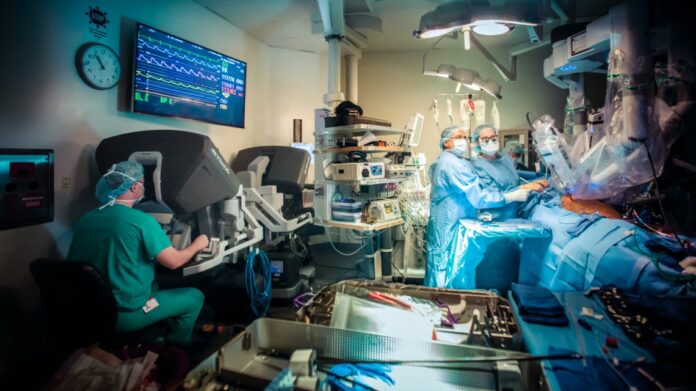The Healthcare professionals were in great dilemma amid the Covid-19 on the elective surgeries with the absence of proper guidelines from the Indian Council of Medical Research. The healthcare fraternity was in tension as there was vagueness among hospitals and the sense of insecurity in the patients worsened the situation. The situation was not any different for the surgeons of Manipal Hospitals, Bangalore.
The doctors were undergoing immense stress owing to the absence of proper instructions from the authority regarding the elective surgeries like cancer surgeries, is to be discontinued or not amidst the pandemic. Dr. Somashekhar, an oncologist at Manipal Hospitals said that the mortality rate of untreated cancer was 30% and that of Covid-19 was just 0.5%. This was a fact that put the doctors under immense distress.
Describing further, Dr. Somashekhar said — initially patients were worried about receiving proper treatment during the lockdown, and even other hospitals in the country were in a dilemma about restarting the elective surgeries. The problem persisted as the pandemic progressed, with no clear guidelines in place.
Minimally invasive surgery with robotics finally came to the rescue when the Manipal Hospital decided to overcome the dilemma. Dr. Somashekhar has been approached by the Indian Association of Surgeons to contribute knowledge and establish guidance on the necessary OT modifications for robotic surgery.
Before the adoption of robotic surgery, the hospital, along with the Covid-19 treatment, was only capable of performing a maximum of two surgeries with the help of open surgery treatment, even after extending the hours at work of the OT staff. This gave rise to the number of pending operations and the risk of unattended patients.
The Robotic System of Manipal in short
The da Vinci’s robotic system by Intuitive was the best option for Manipal Hospital. The robotic system has a flexible configuration with upgradable architecture that suits the requirements of the hospital.
A wide range of movement, maximum insertion depth, and multi-quadrant access enabling a variety of surgical approaches including complex ones such as cancer, adds to the features of the robot. The Robotic system consists of 3 network components, consisting of an ergonomics surgeon’s console, a patient-side cart with four robotic arms, and a 3DHD vision system. The surgeon can operate enjoying the safety of safe distancing from the patients. The robot, with the help of ML, can improve its practices on accuracy and precise movements.
The deep foundation of physics of motion and materials, allows the robot to fully imitate the hand motions of the surgeons.
Benefits of using Robotic Surgery amid the pandemic
- Manipal Hospital can function 6 operation theatres in a day and 4 surgeries are performed per theatre a day.
- Increase in turnover of patients due to fast recovery within 3 days post-surgery.
- The hospitals needn’t keep operations in pending, conducting robotics surgeries even on Sundays if required.
The robotic surgery undoubtedly will become the new normal and the patients will prefer robotic surgery over traditional surgery.

